Queticon
Member
This is the second roll of film I have developed and I was using it to check my Sekonic L508 Light Meter.
Lighting 2 Strobes no diffusing material 1:1 lighting ratio
Film Ilford Pan F Plus rated at 50
Shutter Speed 250 for all shots
My meter gave me a reading of f16.5 @250
Frame
5 - apature 32
6 - Apature 22
7 - Apature 16.5
8 - Apature 16
9 - Apature 11
10 - Apature 8
These are scans of the negative and only had unsharp mask and resized. no other corrections were made except by the scanning software.
the rest of the roll was a little blank a gremlin left the slide in.
On another note I used 400ml of solutions this time and as you can see had no band of discolouration. I got a little better at loading the film on the reel all though there was one part that collapsed on one below it and it did not develop that section. Its a good thing it happened on the bad frames.
Please let me know which you think is the correct exposure. I think it is either frame 8 or frame 9 is near the correct exposure. I was focusing close so I was suppose to add a stop for bellows extension.
Thank you
- Dan
Lighting 2 Strobes no diffusing material 1:1 lighting ratio
Film Ilford Pan F Plus rated at 50
Shutter Speed 250 for all shots
My meter gave me a reading of f16.5 @250
Frame
5 - apature 32
6 - Apature 22
7 - Apature 16.5
8 - Apature 16
9 - Apature 11
10 - Apature 8
These are scans of the negative and only had unsharp mask and resized. no other corrections were made except by the scanning software.
the rest of the roll was a little blank a gremlin left the slide in.
On another note I used 400ml of solutions this time and as you can see had no band of discolouration. I got a little better at loading the film on the reel all though there was one part that collapsed on one below it and it did not develop that section. Its a good thing it happened on the bad frames.
Please let me know which you think is the correct exposure. I think it is either frame 8 or frame 9 is near the correct exposure. I was focusing close so I was suppose to add a stop for bellows extension.
Thank you
- Dan









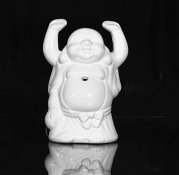
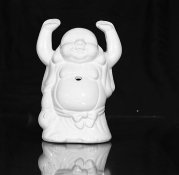
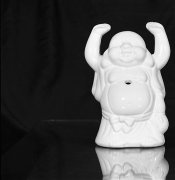
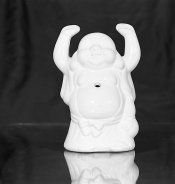
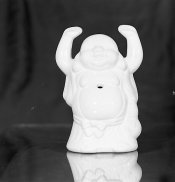



 There is a lot to learn here, and not everyone has and "instinct for the jugular" when replying. Do not let a few that "jumped on your case" spoil the whole forum for you. As for your question, I vote for #5, but #6 would work for me also.
There is a lot to learn here, and not everyone has and "instinct for the jugular" when replying. Do not let a few that "jumped on your case" spoil the whole forum for you. As for your question, I vote for #5, but #6 would work for me also.